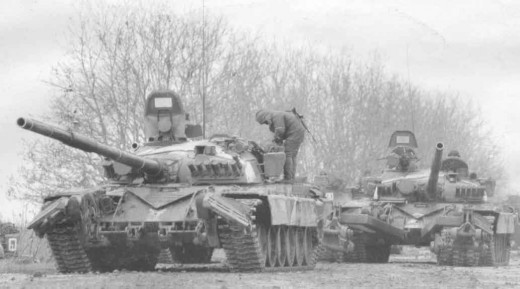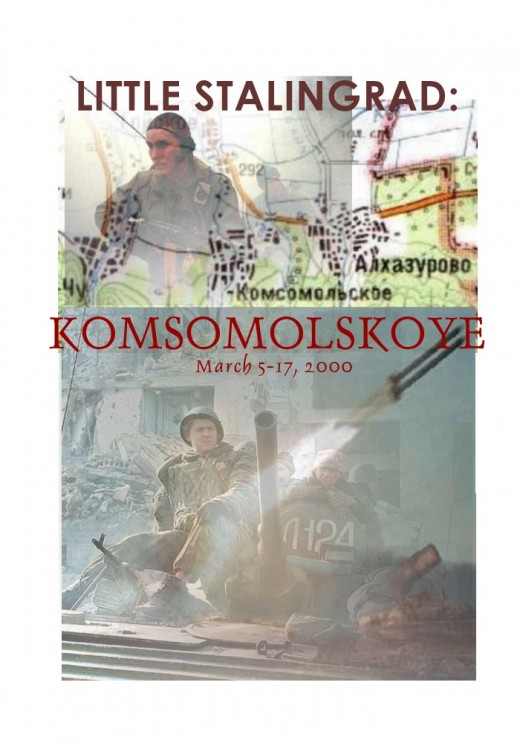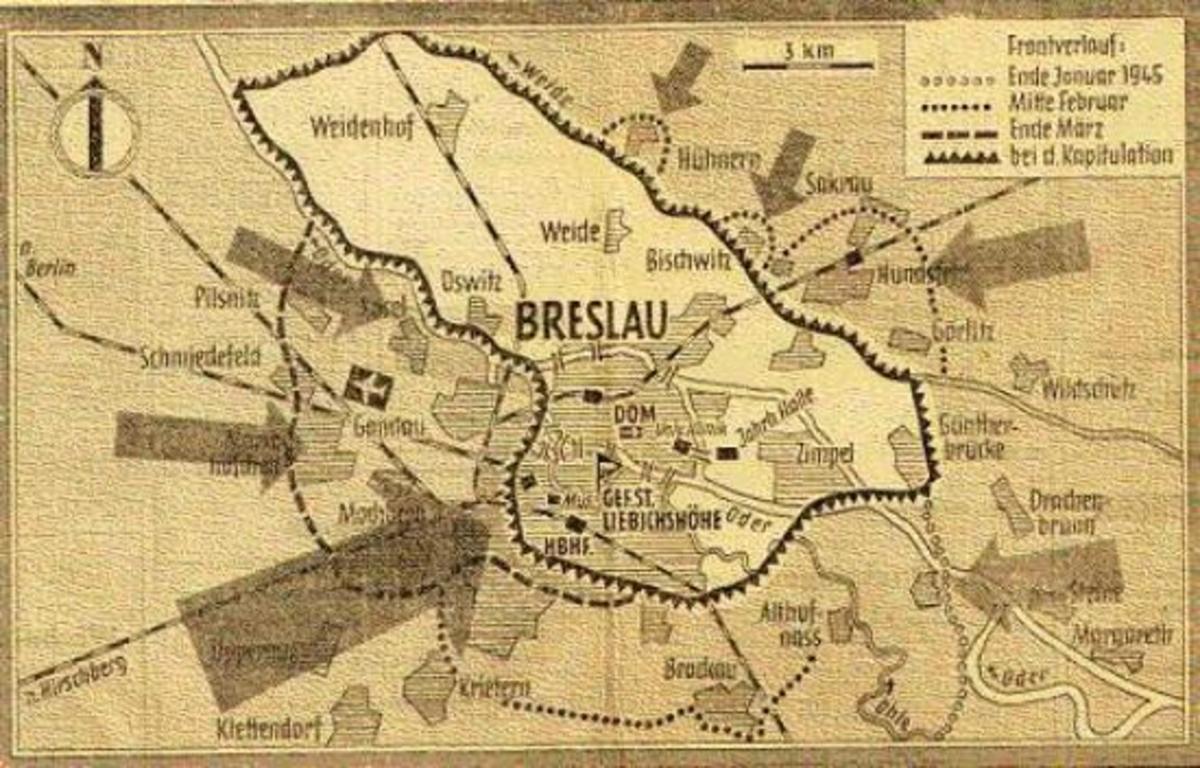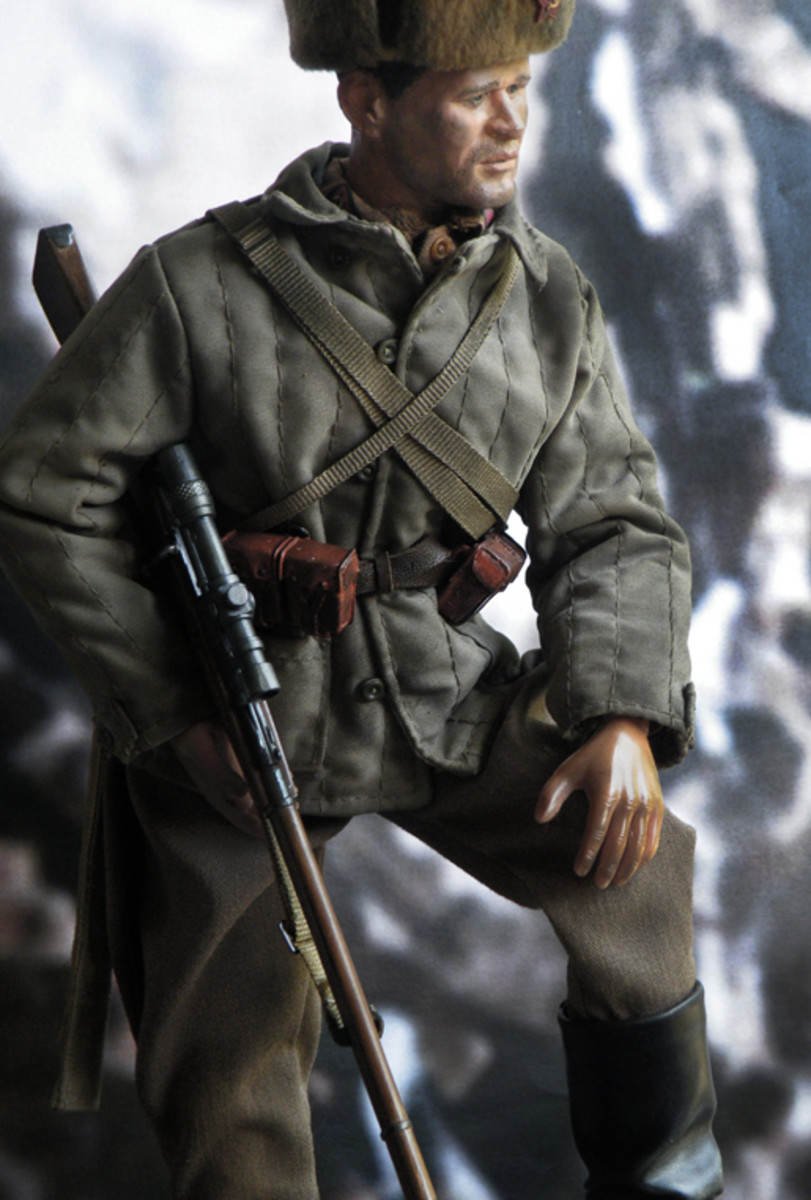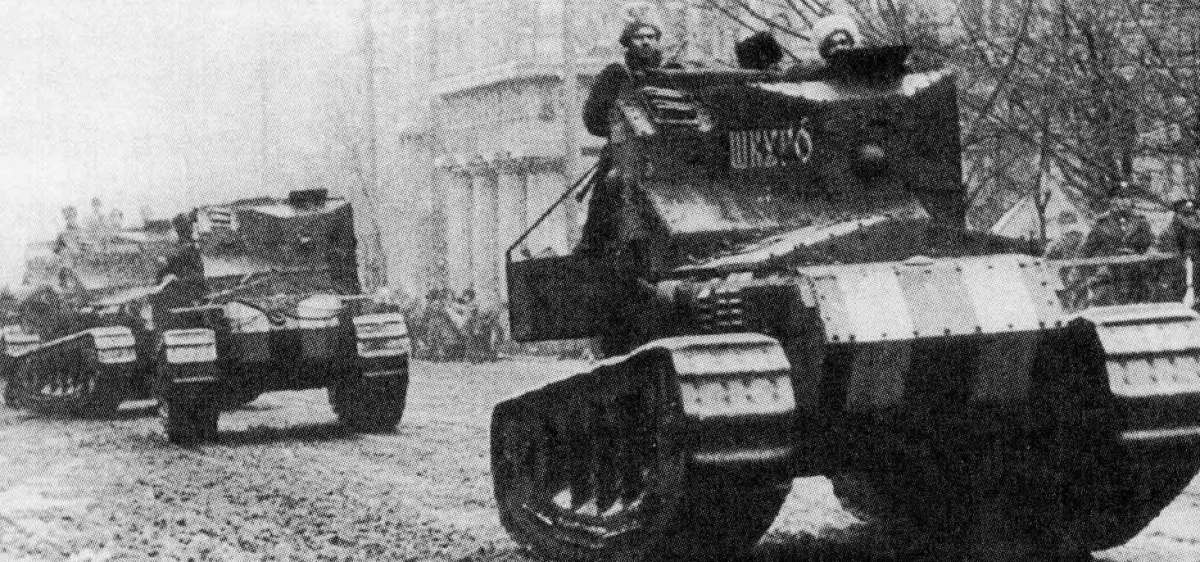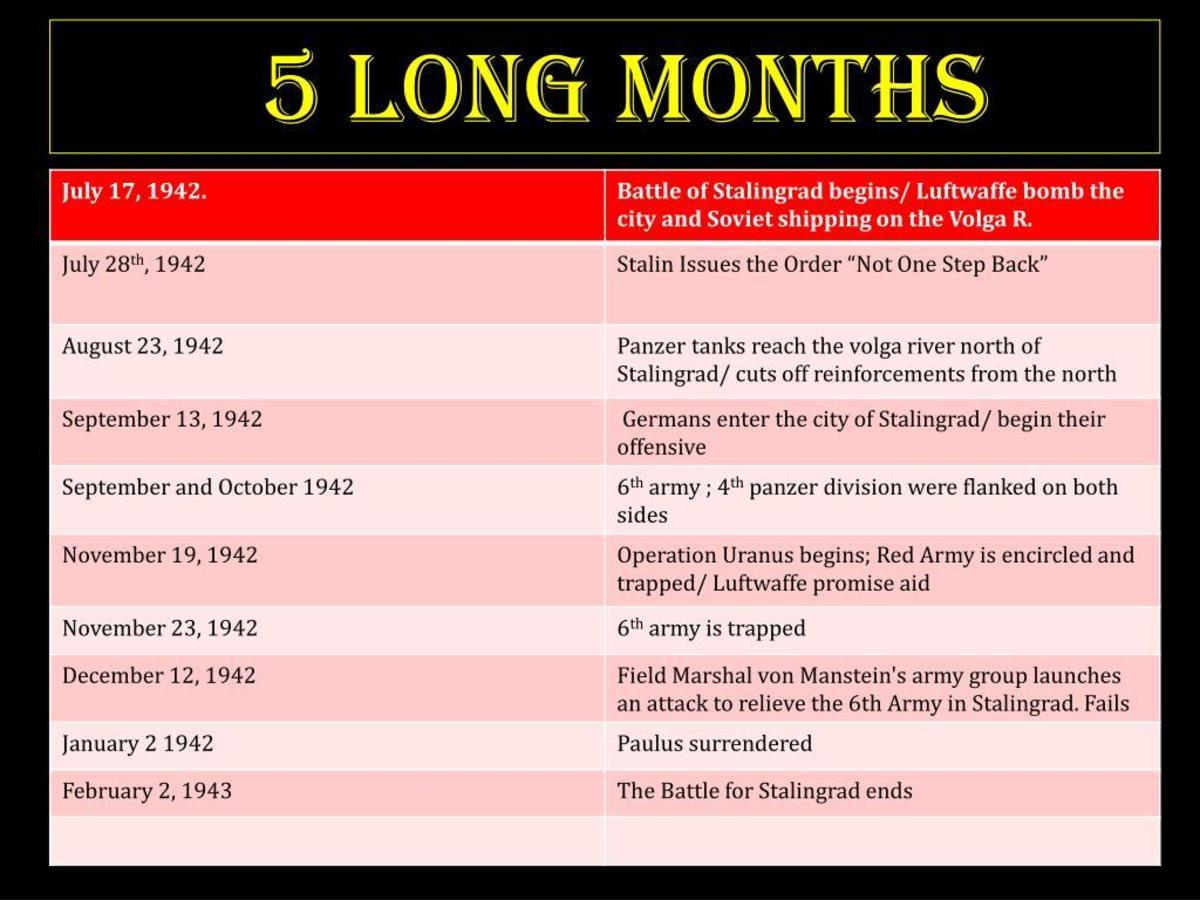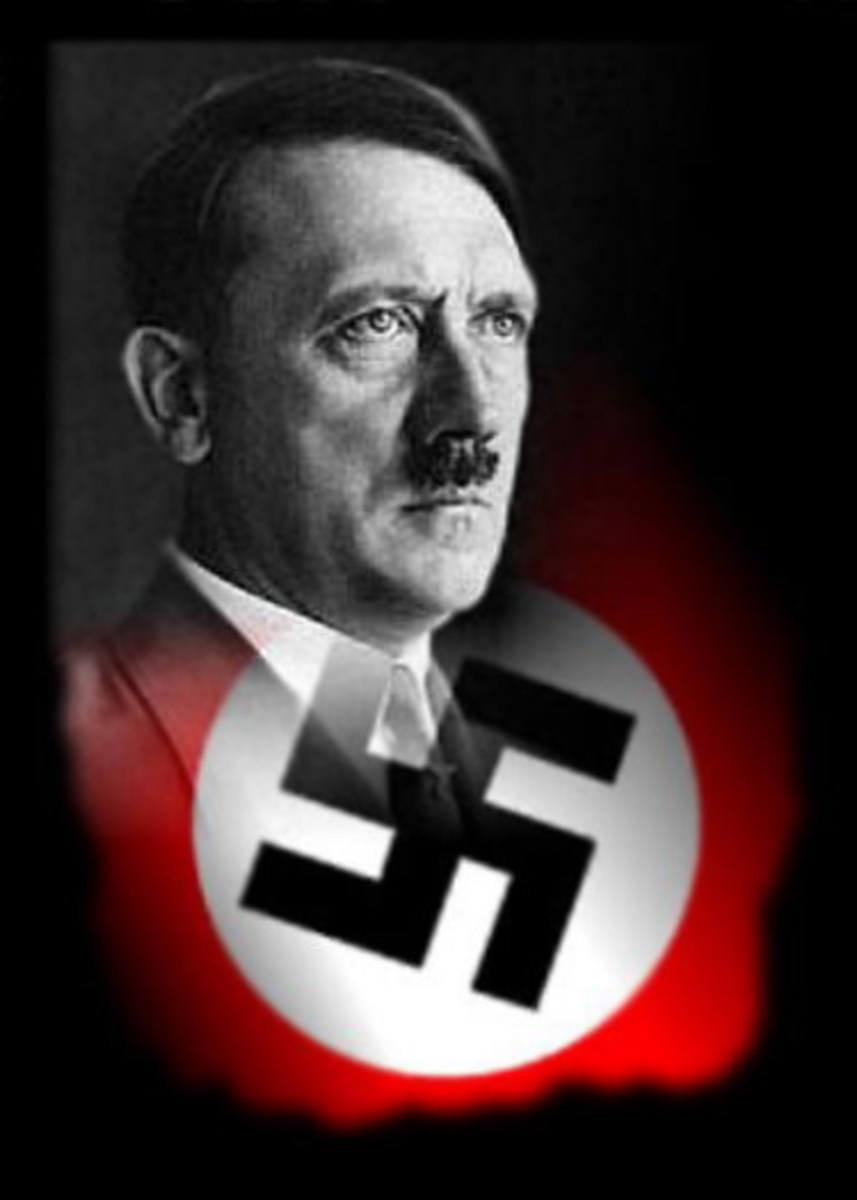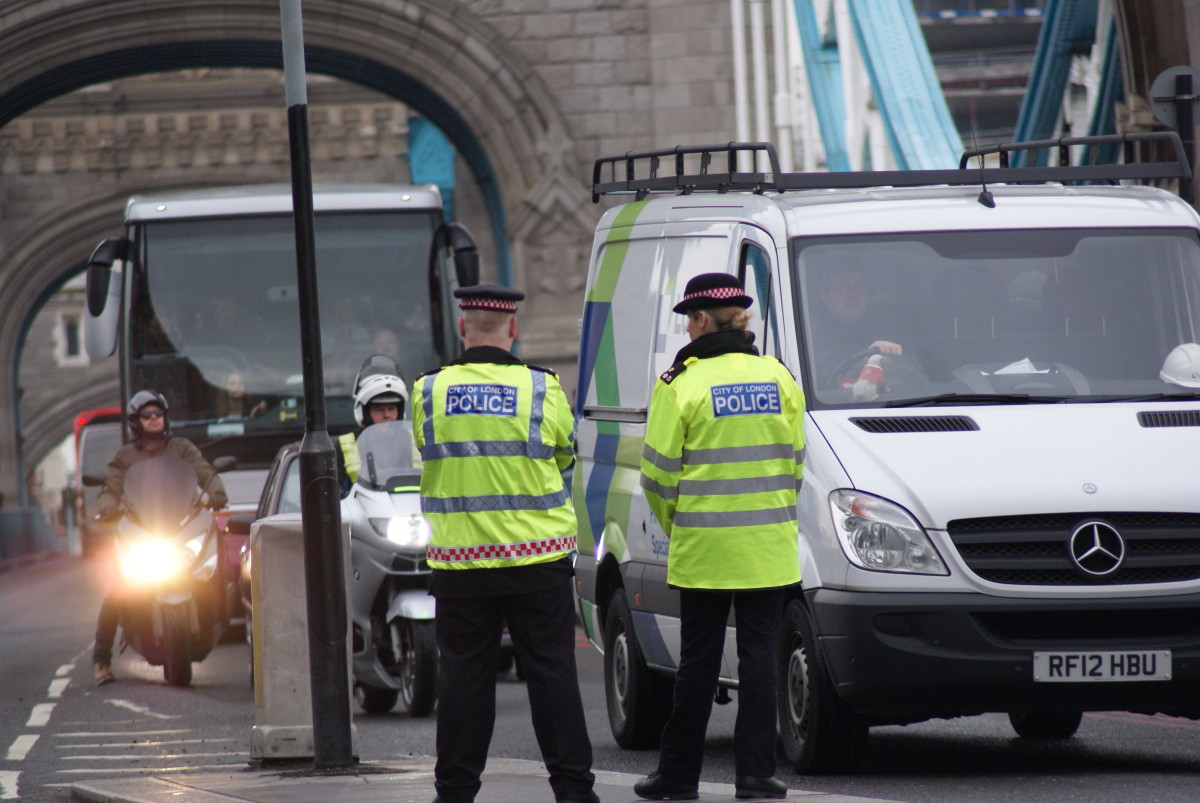Little Stalingrad in the Chechnya War, 2000
Starting at the end of the Custer-like Ulus-Kert destruction of the Russian 6th Paratroop company on Hill 776, another major battle in Chechnya was developing.
In early March, 2000, the Russian 200 man security force seized the town of Komsomolskoye (5000 people) located near the foothills of the Black Mountains. The Chechen forces had already been hiding in the foothills and in desperation attacked the town with 500 men quickly forcing the Russians to retreat.
By the 6th, the Russians had fallen back to the perimeter of the town and laid siege with numerous artillery and MRLS rocket launchers. The Russians attempted several times to enter the town and retake portions but each time were repulsed. The siege and intense air and artillery bombardment had little effect on the Chechens whom hid in the numerous pillbox-like basements of the stone buildings. The Russians created more and more rubble. By the 12th, much of the town was in ruin and the Russians had only penetrated into the fringe. In order to trap the Chechens, a paratroop battalion was deployed behind the town and a minefield inserted. By this time, some 1500 Chechens were defending the town. The Chechens had turned the town into a fortress-like Stalingrad.
The Russians continued to lay siege and attempted to enter. More and more the town came under their control as the Chechens had nothing to lose but life. Russian troops and SWAT teams had to clear out the Chechen infestation at a very high cost due to the urban environment. To help matters, a T-72 company (10 tanks) daringly entered the town and fired at buildings at point blank range. A new multi--barrel flame-throwing tank also was used to clear out the pillboxes and basements. These tanks were called, "Buratino", and several of them were used with great effect.
By the 17th, most of the town was finally under Russian control once again. Pockets remained and when the Chechen’s called for a truce it proved to be a ruse. Many of the Chechens surrendered with hidden grenades and when the Russian troops moved to within range, they were exploded.
By the 20th, it was over. Dead bodies covered the ground amongst the rubble. The town was destroyed. Over 300 dead horses added to the stench of the 2500 dead Russians and 800 dead Chechens. The remaining surrendered, only a few escaped. A small scale modern-day Stalingrad.
The Russian used two special weapons to conduct urban warfare at Little Stalingrad: the Buratino and Schmel. Both were air-fuel delivery systems.
The "Buratino" was the main thermobaric delivery system that the Russians used against Grozny. It was first combat-tested in Afghanistan's Panjshir valley in the early 1980s during the Soviet- Afghan War. Built by the Omsk Transmash design bureau, Buratino is a 30-barrel 220mm multiple rocket launcher system mounted on a T-72 tank chassis. It is found in the chemical troops' separate flame thrower battalions. It is an observed-fire system with a maximum effective range of 3.5 kilometers (other sources say it has a maximum range of five kilometers). The minimum range is 400 meters. The rocket mounts an incendiary or a thermobaric warhead. The zone of ensured destruction from a Buratino salvo is 200 x 400 meters. The official designation of the Buratino is the TOS- 1. The thermobaric warhead is filled with a combustible liquid. The liquid is most likely filled with powdered tetranite. When the warhead explodes, the liquid is vaporized creating an aerosol cloud. When the cloud mixes with oxygen, it detonates, first creating a high temperature cloud of flame followed by a crushing overpressure.
The Buratino fire control system consists of a sight, laser range finder, ballistic computer and roll sensors. Although it is a chemical troop system, two or four Buratinos were often attached to artillery battalions or brigade artillery groups during the fight for Grozny. The armored chassis would allow the Buratino to approach relatively close to the Chechen defenders if infantry soldiers provided a security screen. The Buratino proved a devastating system during the fight for Grozny.
The RPO-A Schmel [Bumblebee] was also widely used in the third battle for Grozny. Another veteran of Afghanistan, the RPO-A flamethrower is a shoulder-fired, single-shot, disposable weapon with a maximum range of 1,000 meters, a maximum effective range of 600 meters and a minimum range of 20 meters. The round is 93 MM. in diameter. It has three types of projectile: thermobaric (RPO-A), incendiary (RPO-Z) and smoke (RPO-D).14 It weighs 11 kilograms (24.25 pounds). The Schmel's zone of destruction is 50 square meters in the open and 80 cubic meters inside a structure.
The RPO-A is also a chemical troop system and is found in chemical troop flamethrower platoons. These platoons are attached to motorized rifle battalions as needed. In Afghanistan, RPO-A flamethrower platoons were permanently attached to motorized rifle battalions. The Russian Army is considering making a flamethrower platoon part of every motorized rifle battalion. The flamethrower platoon would consist of a platoon leader, 2 drivers, 2 vehicle/squad commanders, 14 gunners, 2 armored personnel carriers, 10 portable radios and 28 RPO launchers.
The RPO-A is best used as a bunker buster. It's two-kilogram warhead readily knocks out bunkers and strong points. However, when used against dispersed troops in the open, it will normally kill no more than one or two per burst. When the RPO-A is used against armored vehicles, it usually damages the vehicle, but the crew survives and is able to return fire. The Russians learned to assign an RPG-7 gunner with an RPO flamethrower gunner when operating as a "hunter- killer" team. The RPG-7 gunner stops the enemy vehicle and then the RPO gunner uses the RPO-Z incendiary round to set the vehicle on fire.
Fuel-air weapons work by initially detonating a scattering charge within a bomb, rocket or grenade warhead. The warhead contents, which are composed of either volatile gases, liquids or finely powdered explosives, form an aerosol cloud. This cloud is then ignited and the subsequent fireball sears the surrounding area while consuming the oxygen in this area. The lack of oxygen creates an enormous overpressure. This overpressure, or blast wave, is the primary casualty-producing force. In several dozen microseconds, the pressure at the center of the explosion can reach 30 kilograms per square centimeter (427 pounds per square inch) – normal atmospheric pressure at sea level is 14.7 pounds per square inch with a temperature between 2,500-3,000 degrees Centigrade [4,532-5,432 degrees Fahrenheit]. This is 1.5 to 2 times greater than the overpressure caused by conventional explosives. Personnel under the cloud are literally crushed to death.
